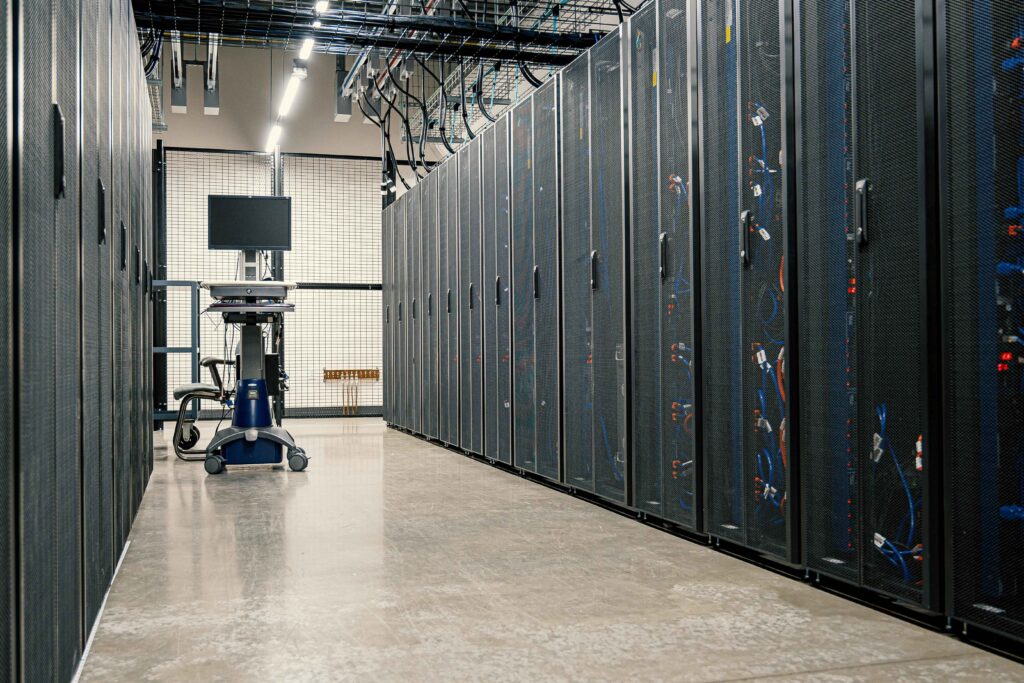In today’s interconnected world, where digital disruptions can cascade across continents within seconds, building resilient IT infrastructure has become more critical than ever. Recent global events have taught businesses valuable lessons about the importance of technological resilience, transforming it from a buzzword into a business imperative.
The Rising Stakes of Digital Resilience
Global dependencies on IT infrastructure have reached unprecedented levels, with digital transformation initiatives accelerating across industries. Recent data shows that 94% of enterprises now rely on cloud services, while cybersecurity incidents have increased by 38% in the past year alone. This digital intensity makes resilience not just desirable but essential for business survival.
Key Components of Modern IT Resilience
Distributed Architecture:
The move toward distributed systems has become fundamental to IT resilience. Organizations are adopting:
– Multi-region cloud deployments
– Edge computing solutions for local processing
– Hybrid infrastructure combining on-premises and cloud resources
– Containerized applications for flexible deployment
Automated Recovery Systems
Modern resilience relies heavily on automation, with:
– Self-healing systems that detect and resolve issues automatically
– AI-powered predictive maintenance reducing downtime by up to 45%
– Automated failover systems ensuring continuous service availability
– Real-time monitoring and response protocols
Data Protection and Redundancy
In an era where data is the new oil, protection strategies have evolved to include:
– Immutable backup solutions
– Geographic data replication
– Zero-trust security frameworks
– Continuous data protection protocols
The Human Element
Technology alone doesn’t create resilience. Organizations must focus on:
– Regular disaster recovery training
– Cross-functional response teams
– Documentation and knowledge sharing
– Continuous skill development programs
Economic Considerations
Building resilient infrastructure requires strategic investment, but the costs of not doing so are far greater:
– Average downtime costs have reached $5,600 per minute
– Cyber incidents cost companies an average of $4.35 million
– Recovery from major IT failures can take 18-24 hours without proper resilience measures
Global Compliance and Standards
As businesses operate across borders, resilient infrastructure must account for:
– Regional data protection regulations
– Industry-specific compliance requirements
– International security standards
– Local data sovereignty laws
Future-Proofing Strategies
To maintain resilience in an evolving landscape, organizations should:
– Implement modular architecture for easy updates
– Adopt cloud-native technologies
– Maintain vendor diversity to avoid lock-in
– Invest in emerging technologies like quantum-safe encryption
Environmental Considerations
Modern IT resilience must also address sustainability:
– Energy-efficient infrastructure design
– Renewable energy integration
– E-waste management protocols
– Carbon footprint monitoring and reduction
The Path Forward
Building resilient IT infrastructure in today’s global economy requires a holistic approach that balances technical capabilities with business needs. Success depends on:
– Regular assessment and updating of resilience strategies
– Integration of security at every level
– Commitment to continuous improvement
– Investment in both technology and people
Organizations that prioritize IT resilience will be better positioned to navigate future challenges, maintain competitive advantage, and ensure business continuity in an increasingly complex global landscape.




